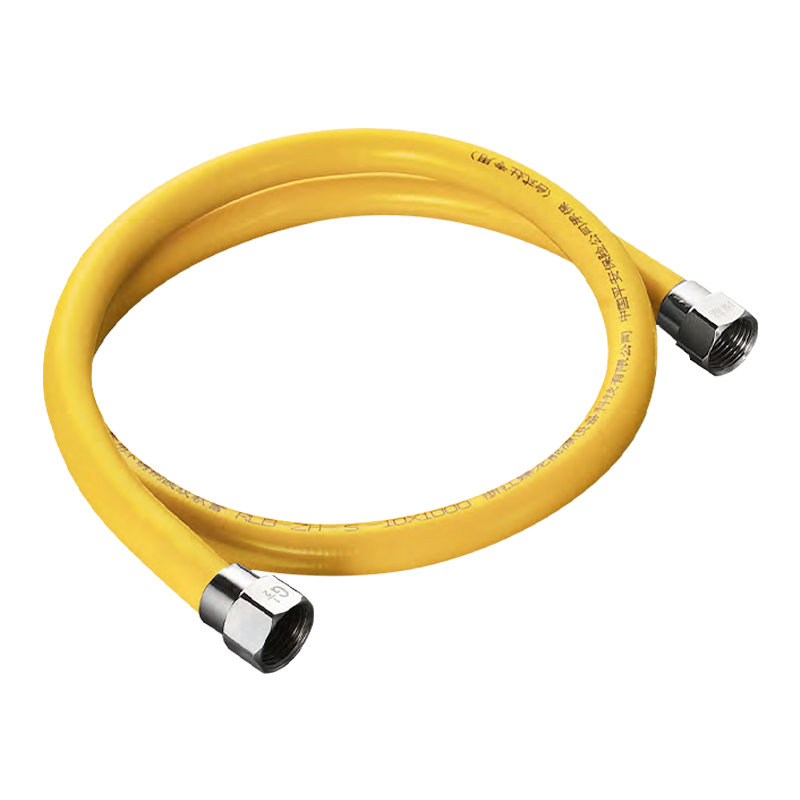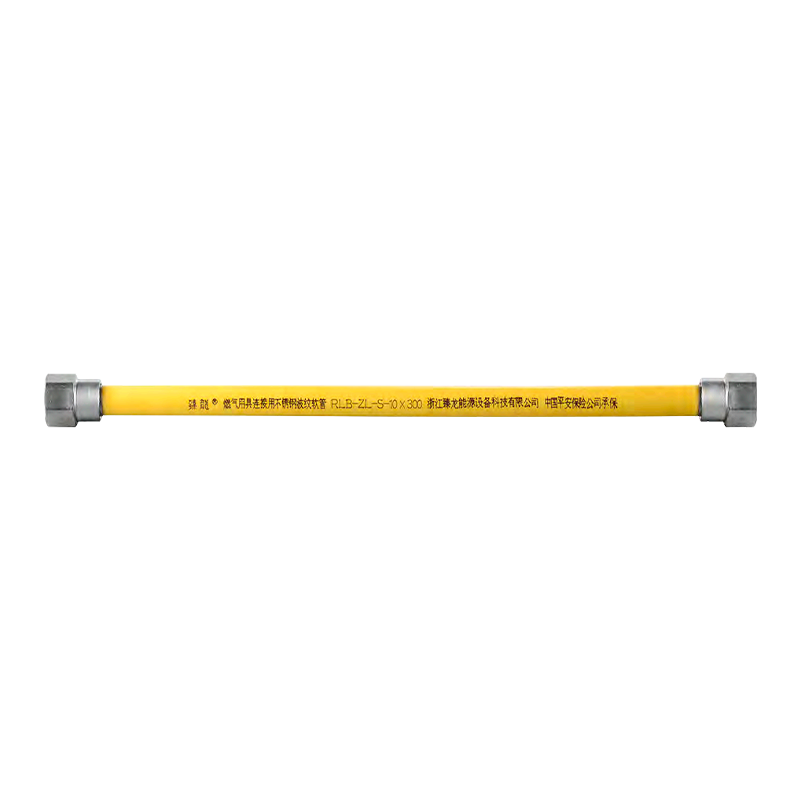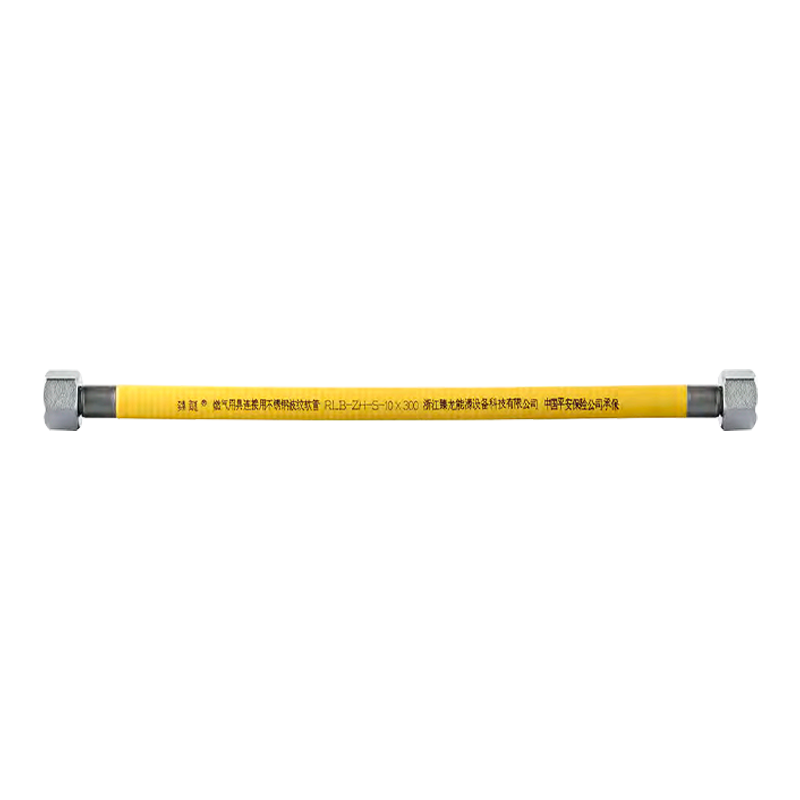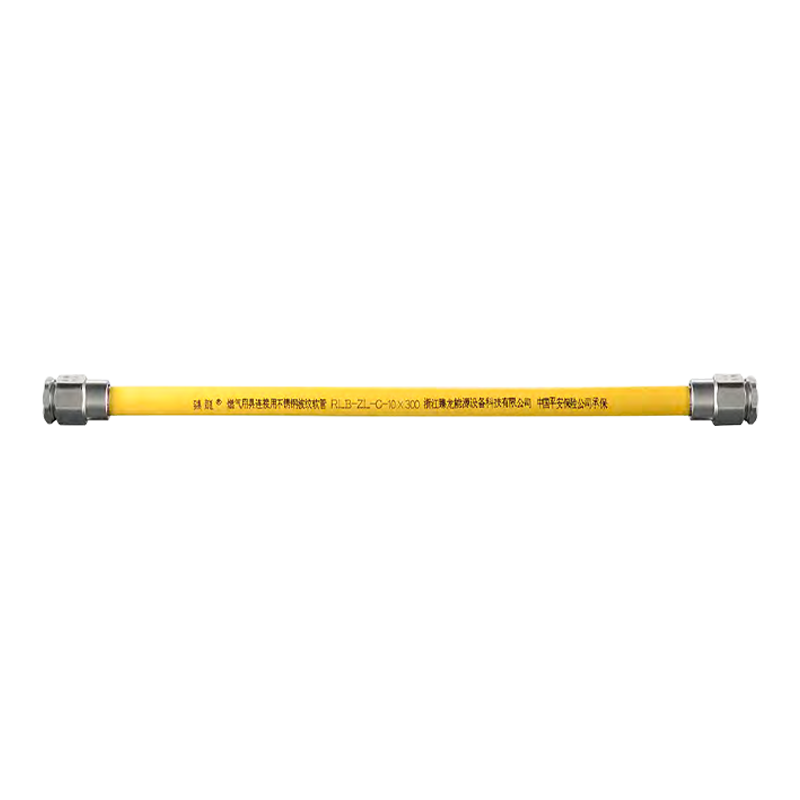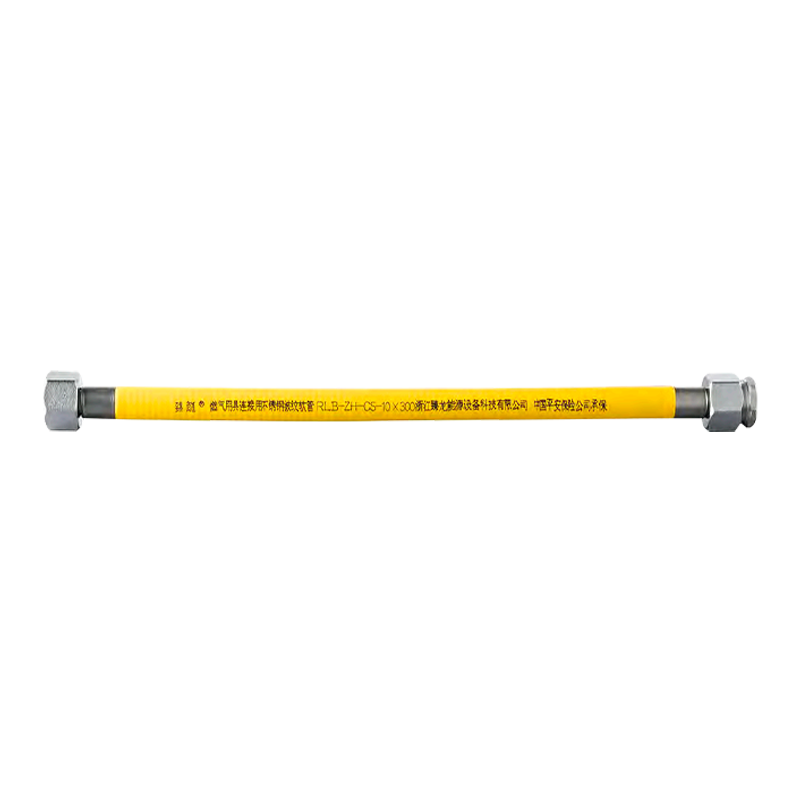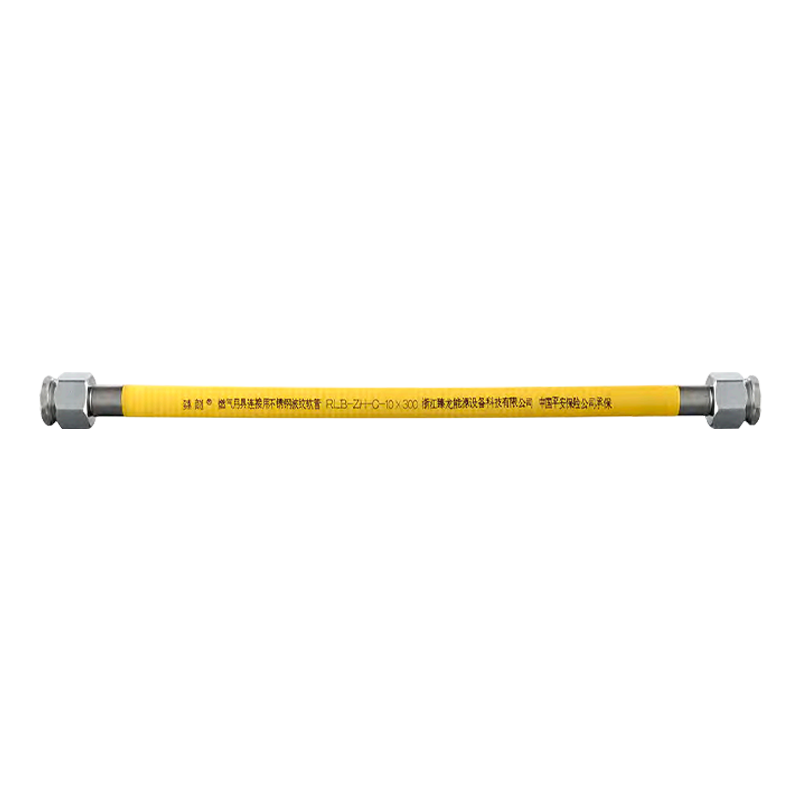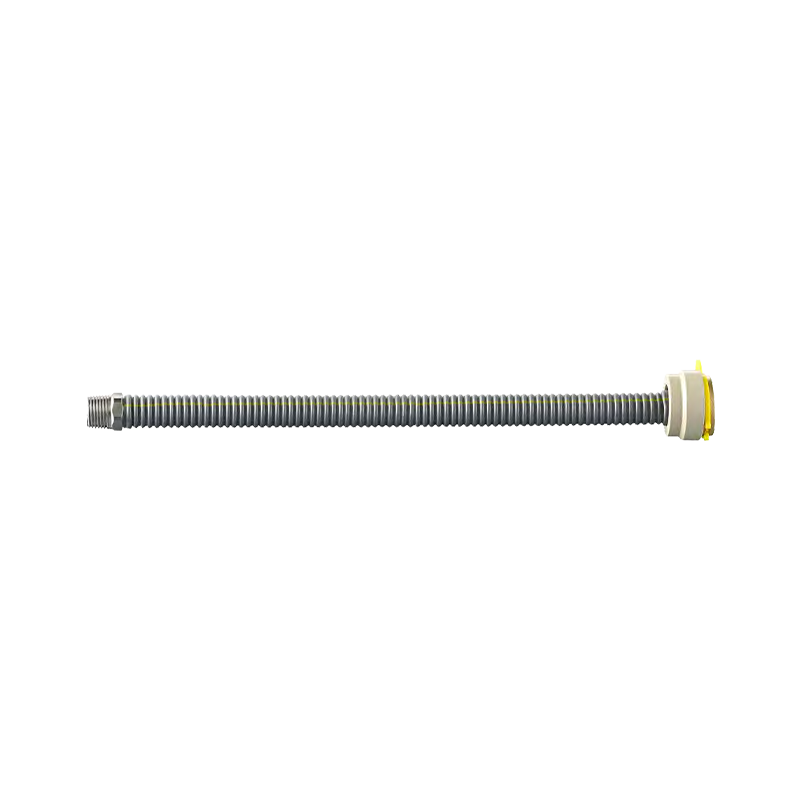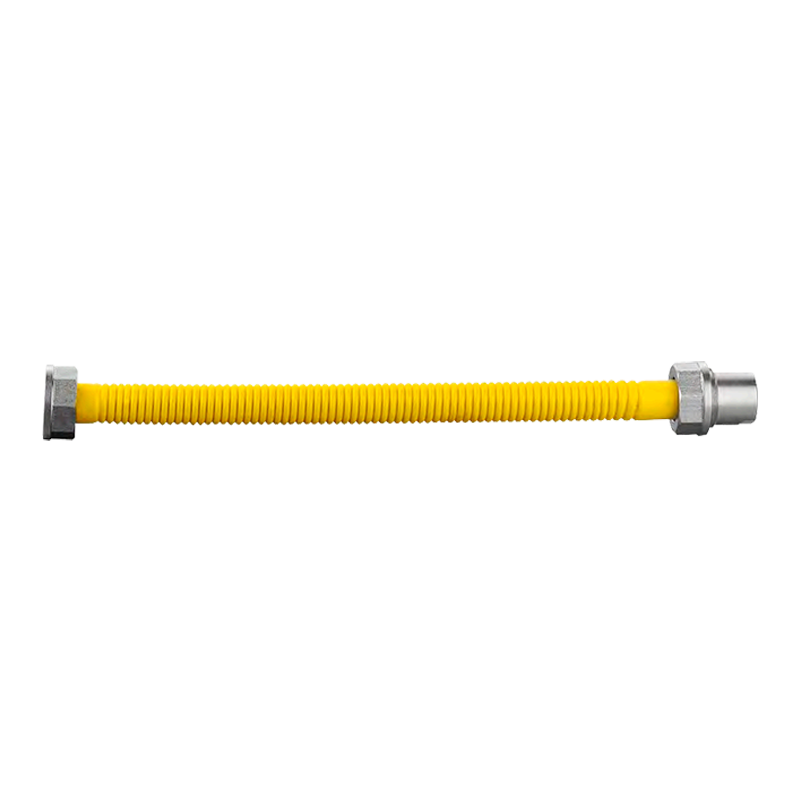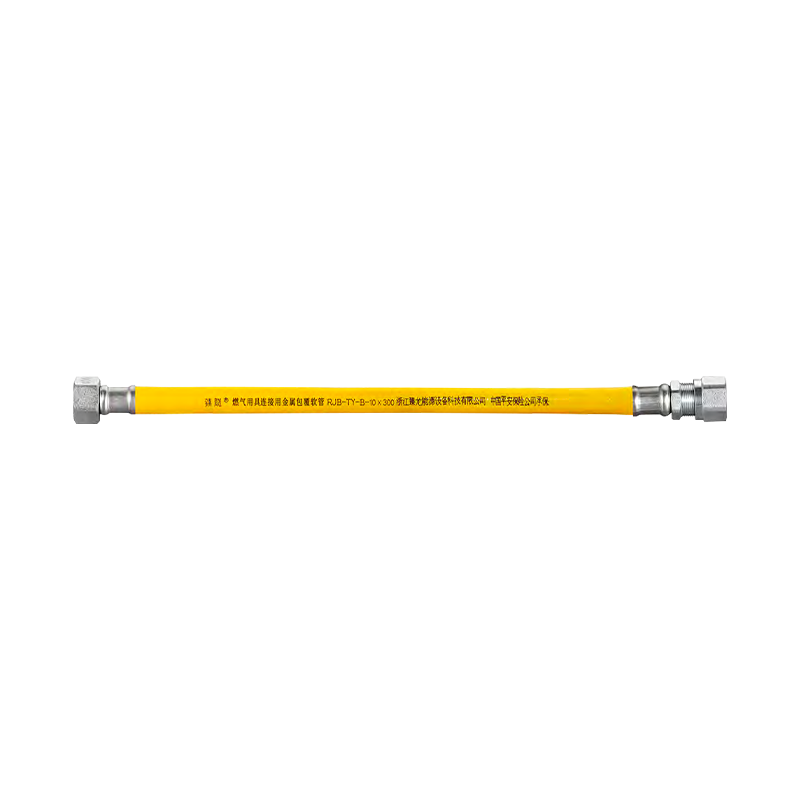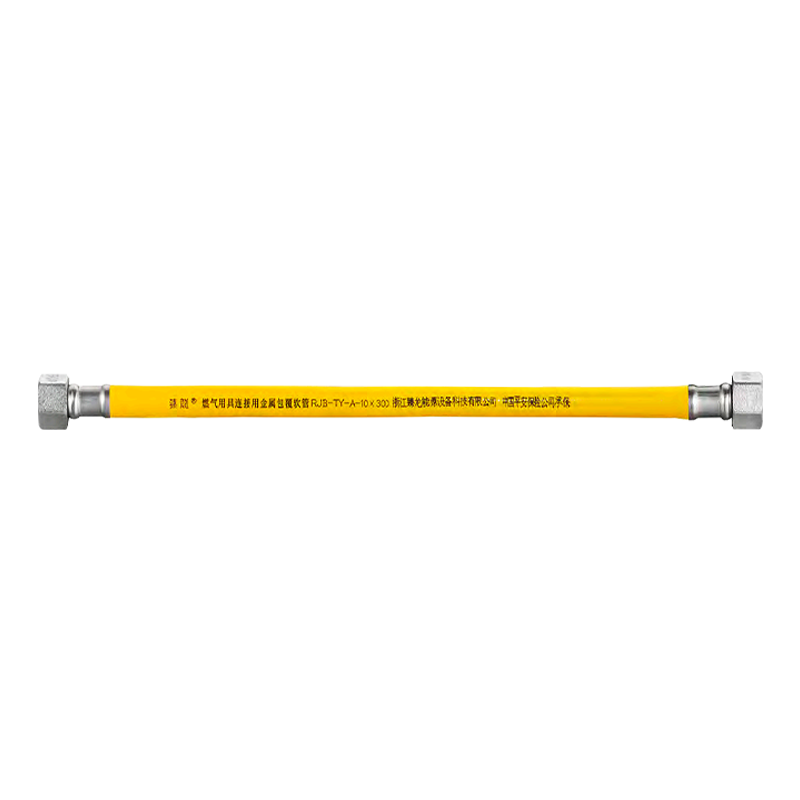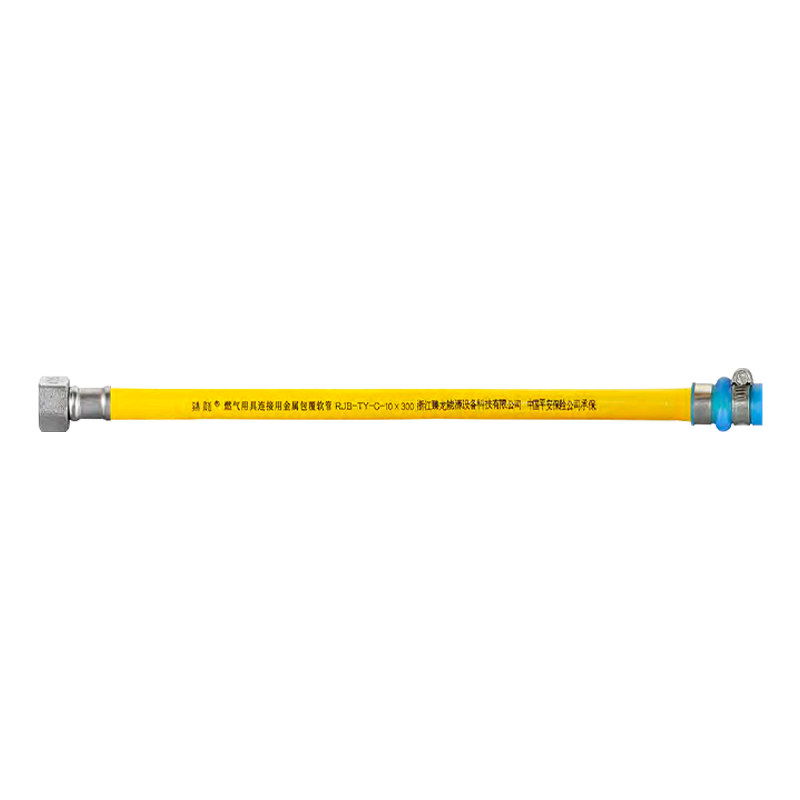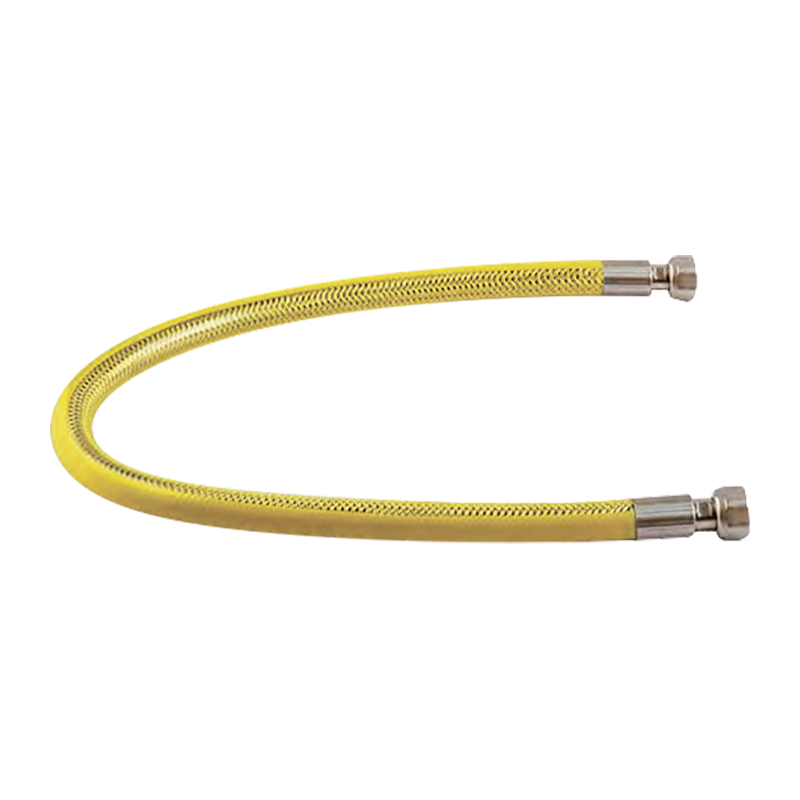1. Why do you need to clean a stainless steel corrugated hose?
The corrugated structure of a stainless steel corrugated hose easily accumulates dust, oil, and moisture. In humid environments like under a kitchen sink or in a bathroom, long-term accumulation of dirt can corrode the protective coating on the stainless steel surface, especially on low-quality hoses, potentially causing rust or damage.
If the hose is connected to a gas water heater or gas stove, the oil and dust on the surface will attract moisture, accelerating metal corrosion and posing a safety hazard.
Checking for potential problems (more important than cleaning itself):
The cleaning process provides an excellent opportunity to inspect the hose. When wiping the hose, carefully inspect:
Cracks or damage: Especially at the joints at each end.
Bulging or deformation: Uneven internal pressure or quality issues can cause bulging.
Stubborn rust or signs of water seepage: These are clear signs that the hose is about to fail.
Keep the connections clean:
If the threads and nuts on either end of the connector become clogged with dirt, this will affect the seal and even make it difficult to unscrew when replacing it later.
2. How to properly clean and maintain the connector?
Note: Always turn off the corresponding water or gas valves before operating!
Cleaning Steps:
Disconnect the power and water: If cleaning the hose connected to a water heater, first turn off the water heater power and water inlet valve. If cleaning the hose to a gas stove, turn off the gas valve.
Disassembly: Use a suitable wrench to carefully remove the hose from the connector.
Exterior Cleaning:
Prepare a soft cloth or soft-bristle brush and dampen it with warm water and a neutral detergent (such as diluted dishwashing liquid).
Carefully wipe every corrugated groove on the exterior of the hose to remove any oil or dust.
Do not use highly abrasive cleaning tools such as steel wool or scouring powder to avoid scratching the stainless steel surface.
Internal Flushing (if conditions permit):
Connect one end of the removed hose to a faucet. Turn on the faucet and flush the inside of the hose with a strong stream of water for about ten seconds to remove any accumulated scale or debris.
Thorough Rinse and Dry:
Rinse the cleaner off the hose thoroughly with clean water.
Wipe the outside dry with a dry cloth and hang the hose up to ensure that any accumulated water inside is completely drained.
Inspection and Installation:
After the hose is completely dry, perform a careful inspection (as described above). If any problems are found, replace them immediately!
Inspect the seals (rubber gaskets) at the joints for wear, deformation, or loss. Replace if necessary.
After confirming that they are correct, reinstall them.
3. Important Safety Notice: Regular replacement is crucial
Stainless steel corrugated hoses have a lifespan (usually recommended to be 5-8 years; refer to the product instructions for details). Even if they appear to be in good condition, replacement is strongly recommended at the end of their lifespan. This is because the internal rubber gaskets will deteriorate, and the metal parts will fatigue due to the long-term water pressure pulses.
Don't over-clean: Frequent cleaning isn't necessary. A clean and inspection of the exterior every six months or year, during a general cleaning, is recommended. The emphasis is on "inspection," not "cleaning."
Gas pipes and water pipes should not be mixed: Stainless steel corrugated pipes for gas use have stricter safety standards. Never use water pipes in place of gas pipes.

 English
English 中文简体
中文简体 Español
Español عربى
عربى


